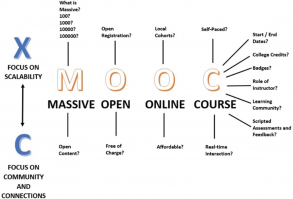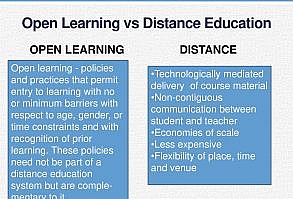Most prestigious universities across the world do not have distance education systems. They are partners with distance education centers as well as publishing houses and computer giants such as Microsoft. The notion of credentialing arises as a problem here. Who will provide the verified diploma? Google, for example, has great technology to provide instruction with well-known designers and academicians. The diploma issue still remains an unanswered question.
Some universities are resisting MOOCs since the administrators could cooperate with distance education centers such as EDx. This will decrease the demand for in-service professors at the university and save time, place, and money. When we imagine the number of institutions around the world, we can come to realization that there will be a devastating effect on education. This resembles educational imperialism as there will be little control of particularly mid-size universities on the educational system.
Another major problem of distance education is inadequate political support. Politicians are hesitant to take radical decisions. In addition, the collaboration between stakeholders such as scholars, practitioners, designers, tech companies etc. is a challenging issue. Collaboration also encompasses the interaction between learners and instructors due to both psychological and physical gaps. Furthermore, most universities are short of personnel who are experts at designing instruction and organizing the process. Other problems could be listed as financial challenges, organizational obstacles, well-designed instruction and student-related problems. Aforementioned problems are significant issues to be considered during the transition to distance education. Institutions should plan each step cautiously for this radical change.





